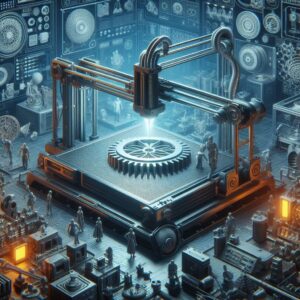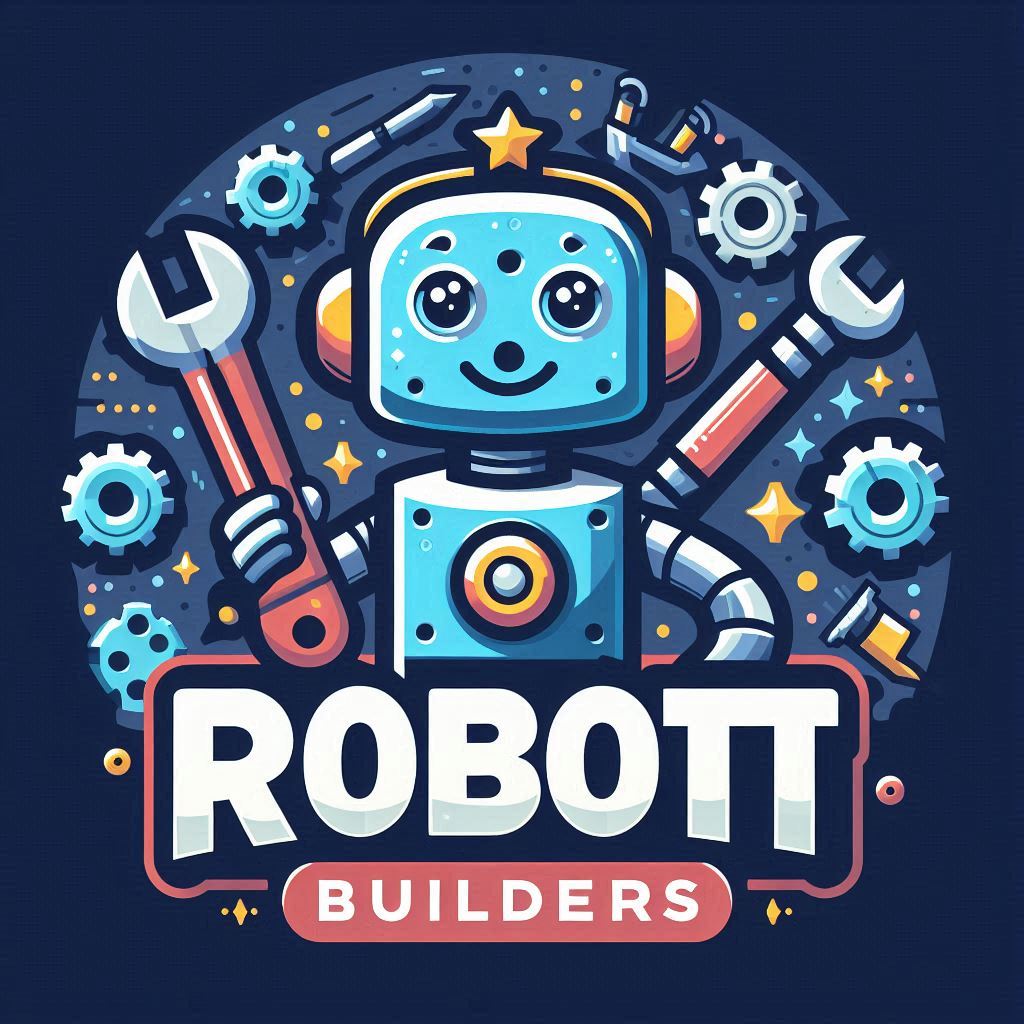Introduction The advent of 3D printing technology has sparked a revolution in the fields of manufacturing and design. By enabling the creation of complex and customized objects with unprecedented precision, 3D printing is transforming industries and driving innovation. This article explores the impact of 3D printing on manufacturing and design, its applications, benefits, and future prospects.

What is 3D Printing? 3D printing, also known as additive manufacturing, is a process that creates three-dimensional objects by layering materials based on digital models. Unlike traditional manufacturing methods that involve cutting and shaping materials, 3D printing builds objects layer by layer, allowing for intricate designs and minimal waste.
Applications of 3D Printing
- Prototyping and Product Development: 3D printing accelerates the prototyping process, enabling designers and engineers to quickly create and test models. This rapid iteration process enhances creativity and innovation.
- Medical and Healthcare: In healthcare, 3D printing is used to create custom prosthetics, implants, and even bioprinted tissues. It allows for personalized medical solutions, improving patient outcomes.
- Aerospace and Automotive: The aerospace and automotive industries leverage 3D printing to produce lightweight and complex components. This technology reduces production time and costs while enhancing performance.
- Fashion and Jewelry: Designers in the fashion and jewelry industries use 3D printing to create intricate and unique pieces. This technology allows for customization and experimentation with new materials.
- Architecture and Construction: 3D printing is revolutionizing construction by enabling the creation of intricate architectural models and even entire buildings. It offers new possibilities for sustainable and efficient construction methods.
Benefits of 3D Printing
- Customization and Personalization: 3D printing allows for the creation of customized products tailored to individual needs and preferences. This capability is particularly valuable in healthcare and consumer goods.
- Cost Efficiency: By reducing material waste and production time, 3D printing offers significant cost savings. It eliminates the need for expensive molds and tooling.
- Complexity and Precision: 3D printing enables the production of complex geometries and intricate designs that are challenging or impossible with traditional manufacturing methods.
- Sustainability: Additive manufacturing generates less waste compared to subtractive methods. Additionally, it allows for the use of recycled and sustainable materials, contributing to environmental conservation.
Challenges and Future of 3D Printing While 3D printing offers numerous advantages, it also faces challenges such as material limitations, quality control, and scalability. However, ongoing research and advancements are addressing these issues, paving the way for broader adoption and innovation.
The future of 3D printing is promising, with continuous advancements in materials, printers, and software. As the technology evolves, we can expect even more applications and solutions that drive efficiency, creativity, and sustainability in manufacturing and design.
Conclusion 3D printing is revolutionizing the manufacturing and design landscape by offering unprecedented customization, cost efficiency, and complexity. From prototyping to personalized medical solutions, the applications of 3D printing are vast and transformative. Embracing this technology can unlock new opportunities and pave the way for a future where innovation knows no bounds.
